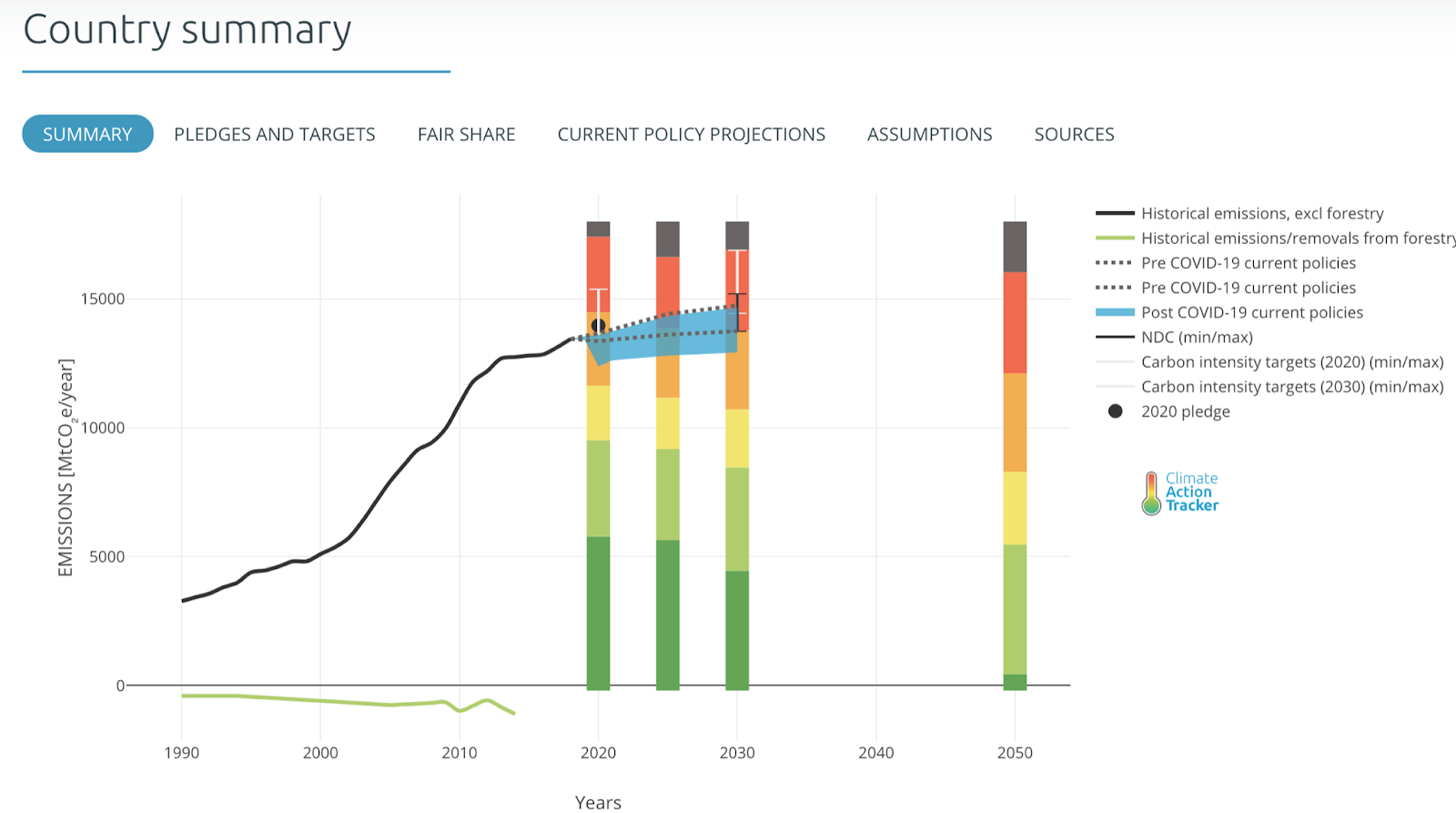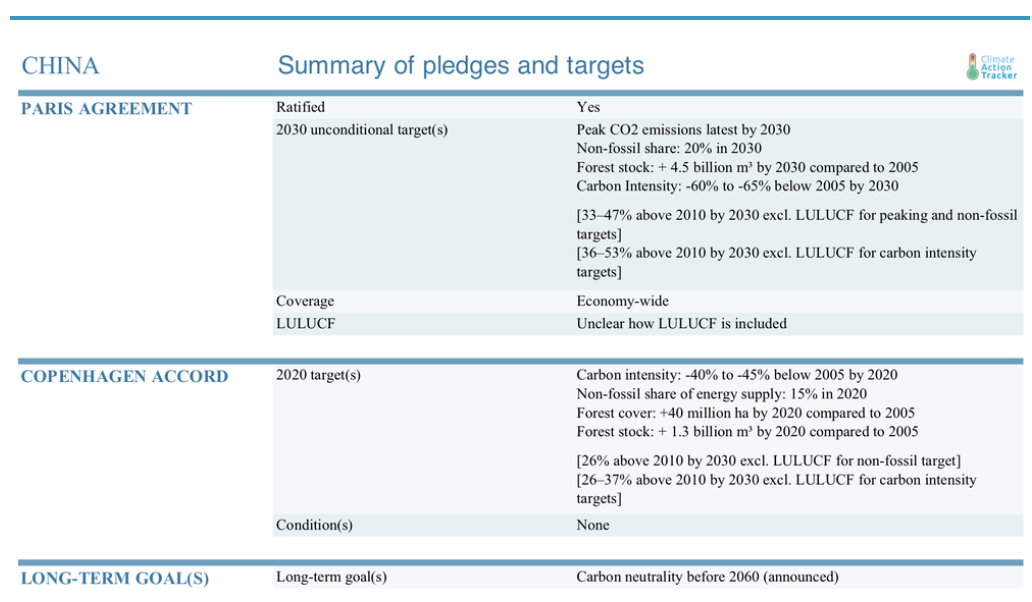China continues to taint its reputation in the global arena, whether that be due to Covid-19, trade wars, and human rights abuses. One of China’s most pervasive abuses is towards the environment.
Across the entire globe, China accounts for 50% of coal burned and 25% of climate pollution per year. With a population of 1.4 billion people and counting, a bright future seems dismal.
As more Chinese citizens move from the rural into the urban populations, how will China tackle its environmental crisis? Today, it stands as the dominant global polluter.
According to the Climate Action Tracker organization, China aims to peak its CO2 emissions by 2030. The organization deems this goal as “highly insufficient.”
Their weak 2030 commitment includes reaching a maximum of 10% gas and 20% non-fossil fuels in the primary energy mix. Under the Paris Agreement, members must keep warming limits to 1.5ºC.
China deviates from this agreed upon standard by allowing warming to potentially reach between 3 and 4ºC. China’s strategy is extremely unfair to other countries genuinely concerned about excessive warming.
The Environmental Defense Fund gathered data on China’s current carbon policies, finding that China’s CO2 emissions far exceed those of the USA, OECD, Europe, and India.
[zombify_post]





0 Comments